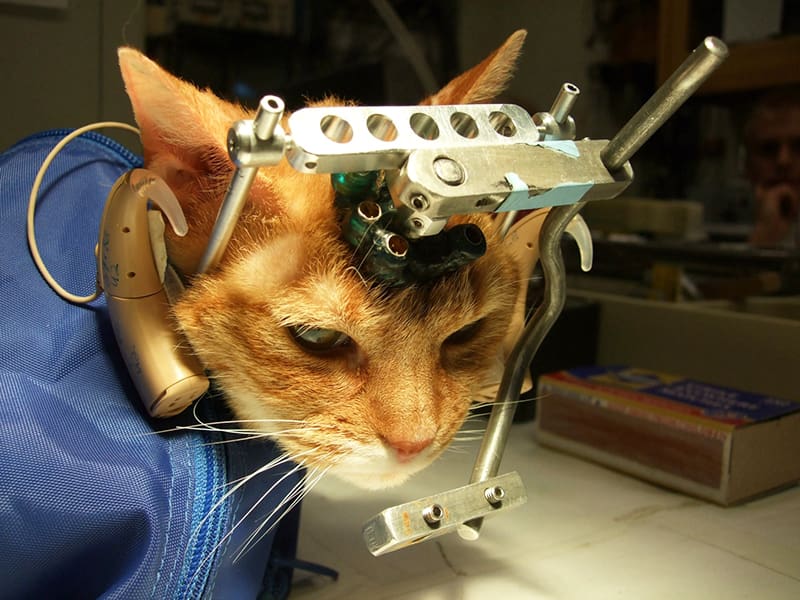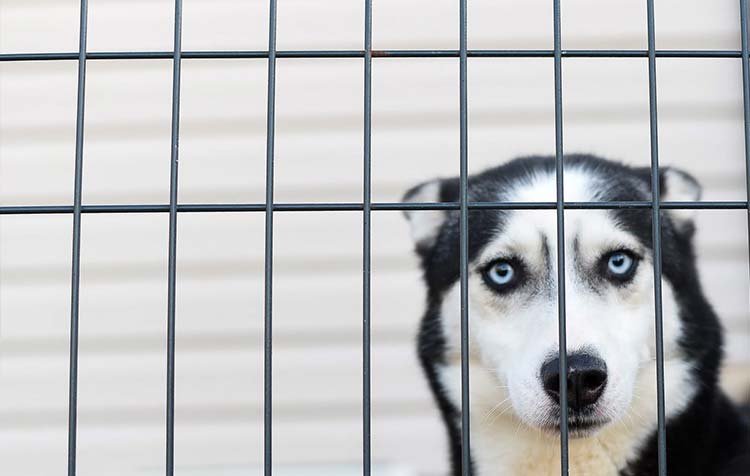Are you looking for meaningful Animal testing statistics for Germany, Europe and the world? Then you've come to the right place. Recently, I have been investigating the meaning and purpose of Animal testing and came across a lot of facts and figures, including the number of test animals, the severity of the exposure, public opinion and the knowledge gained.
In this article I would like to provide you with the most important statistics on animal testing. Also, so that more people can become more aware of this form of Cruelty to animals get
Notice: If you use any of the animal testing statistics from this post, please cite the following source. Thank you for your support!
https://www.careelite.de/tierversuche-statistiken-zahlen-faktenGeneral statistics on animal testing
Let's start with some general figures on animal experiments. I found a lot of valuable statistics for Germany - globally, there are only conservative estimates.
My please: If you know of any other statistics and reliable sources on the subject of animal testing, please write me a comment with your information.
Facts and figures on animal experiments in Germany
- Laboratory animals: In 2018, 2,825,066 animals were used for scientific purposes in Germany.₁
- Killed animals: In 2018, 686,352 animals were killed in animal experiments in Germany.₂
- Basic Research: In 2018, 937,756 laboratory animals were used for basic research purposes in Germany.₁₈
- Applied Research: In 2018, 323,095 were used for scientific purposes of applied research in Germany.₁₉
- Experimental purposes: 44 percent of all animal experiments in Germany in 2018 were used for basic research. Only 0.6 percent were used to preserve the species and only 0.4 percent to protect the natural environment.₂₀
- Severity: 61% of animal experiments in 2018 were classified as "low" stressful and 27% as normal or "medium" stressful. In each case, 6 percent of the animal experiments were "severely" stressful for the laboratory animals or "no restoration of vital function" was possible.₂₁
- Genetic modification: Around 55 percent of the test animals did not undergo any genetic modification. A total of 38 percent are considered "genetically modified without a pathological phenotype" and 7 percent "genetically modified with a pathological phenotype".₂₂
Notice: More detailed facts and figures on the individual laboratory animals can be found a little further down in the section on the laboratory animals themselves.
Facts and figures on animal testing worldwide
- Every year, more than 115 million animals die in animal experiments worldwide. The number of unreported cases is said to be significantly higher.₃
- The majority of the animals killed in animal experiments worldwide - around 70 million animals - are said to be in the USA. In the EU, a total of around 11 million animals are killed each year.₂₆
Facts and figures about laboratory animals

Now let's look at the statistics relating to the laboratory animals themselves. I will first present two figures that show that animal experiments are often not transferable to humans. You will then find out approximately how many animals of a certain species are tested in German laboratories.
- Asbestos: Rats, for example, tolerate 300 times more asbestos before they develop cancer.₅
- Bacteria: Mice need around one million more bacteria than humans before blood poisoning occurs.₆
- Mice: In 2018, 1,539,575 mice were used for animal experiments in Germany. The figure for the previous year was 1,368,447 mice.₁₀
- Rats: In 2018, 222,811 rats were used for animal testing in Germany.₁₁
- Rabbit: In 2018, 85,193 rabbits were used for animal testing in Germany.₁₂
- Birds: In 2018, 30,393 birds were used for animal experiments in Germany.₁₃
- Pisces: In 2018, 192,040 fish were used for animal testing in Germany.₁₄
- Cats: In 2018, 765 cats were used for animal experiments in Germany.₁₅
- Dogs: In 2018, 3,979 dogs were used for animal testing in Germany.₁₆
- Monkeys: In 2018, 3,288 monkeys were used for animal experiments in Germany.₁₇
You can find more detailed statistics on animal testing in the Report of the Federal Ministry of Food and Agriculture on the use of laboratory animals.
Figures on funding for animal experiments
With such a high number of animals studied and the general discussion about the purpose of animal experiments, the statistics on state support should not be missing. I present them to you here:
- Budget for animal testing: Every year, 2.1 billion euros of taxpayers' money is made available in Germany for animal experiments with mice alone.₈
- Promotion of animal-free research: Animal-free research in Germany is funded with 4-5 million euros annually.₉
These figures are trend-setting - but unfortunately, in my opinion, they point in a direction that is anything but contemporary.
Statistics on findings from animal experiments
Of course, it is also important to consider the success of animal experiments. I have found the following two statistics on this:
- Fatal consequences for humans: Every year, 58,000 people die from drugs tested on animals.₄
- Success rate: Around 95 percent of drugs that are considered effective and safe for humans after animal testing fail clinical trials and do not receive marketing authorization. Of the approved drugs, 20 - 50 percent are later withdrawn from the market or issued with warnings.₇
Statistics from surveys on general opinion about animal testing
There are also significant facts and figures on social opinions on the subject of animal testing:
- Trial Purpose: In 2016, 33 percent of Germans considered animal testing to be most useful for pharmaceutical research.₂₃
- Animal species: Around 45 percent of Germans voted that flies and worms are the most likely to be used for animal experiments. 24 percent named monkeys, dogs and cats as the answer,₂₄
- Prohibition: 56 percent of Germans believe that animal testing should be banned as a matter of principle.₂₅
Do you know any other vital statistics? Then just write me a comment under this post.
Using animal testing statistics for education
With this collection of facts on the subject of animal experimentation, I would like to help raise awareness of this type of abuse of animals in our society. You can also use these statistics to raise awareness, for example through articles or lectures. Everyone can and should Help animals - because that is human.
Do you have any questions or facts about animal testing that should definitely appear here? Then I look forward to your comment.
Stay animal-friendly,

PS.: Look with pleasure in the animal welfare blog by! There you can also, for example, form an opinion on whether or not Zoos still up to date and sensible are.
Notice: If you use any of the animal testing statistics from this post, please cite the following source. Thank you for your support!
https://www.careelite.de/tierversuche-statistiken-zahlen-faktenReferences:
₁,₂,₁₀,₁₁,₁₂,₁₃,₁₄,₁₅,₁₆,₁₇,₁₈,₁₉ Federal Ministry of Food and Agriculture (BMEL 2018): Use of laboratory animals in 2018, available at https://t1p.de/cnvi. [07.04.2020]
₃ animal-fair; association for fairness towards animals: Animal testing - figures, data, facts, available at https://t1p.de/nmms. [07.04.2020].
₄,₅,₆,₇,₈ Ärzte gegen Tierversuche e.V.: Facts about animal testing, available at https://t1p.de/o66a. [07.04.2020].
₉ Doctors Against Animal Experiments e.V.: What do animal experiments cost?, available at https://t1p.de/vhqr. [07.04.2020].
₂₀,₂₁,₂₂₂,₂₃,₂₄,₂₅ Statista GmbH: Animal experiments in Germany, available at https://t1p.de/mvsy. [08.04.2020].
₂₆ Association Against Animal Factories: Background knowledge on animal testing, available at https://vgt.at/projekte/tierversuche/fakten.php. [08.04.2020].






